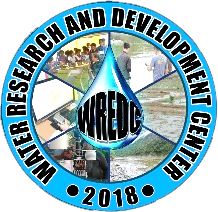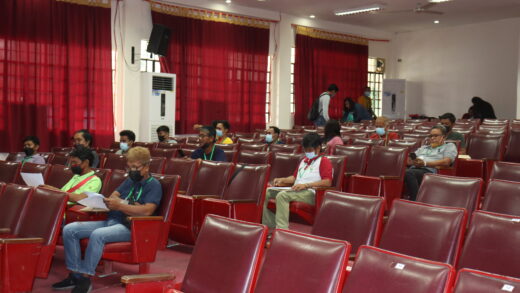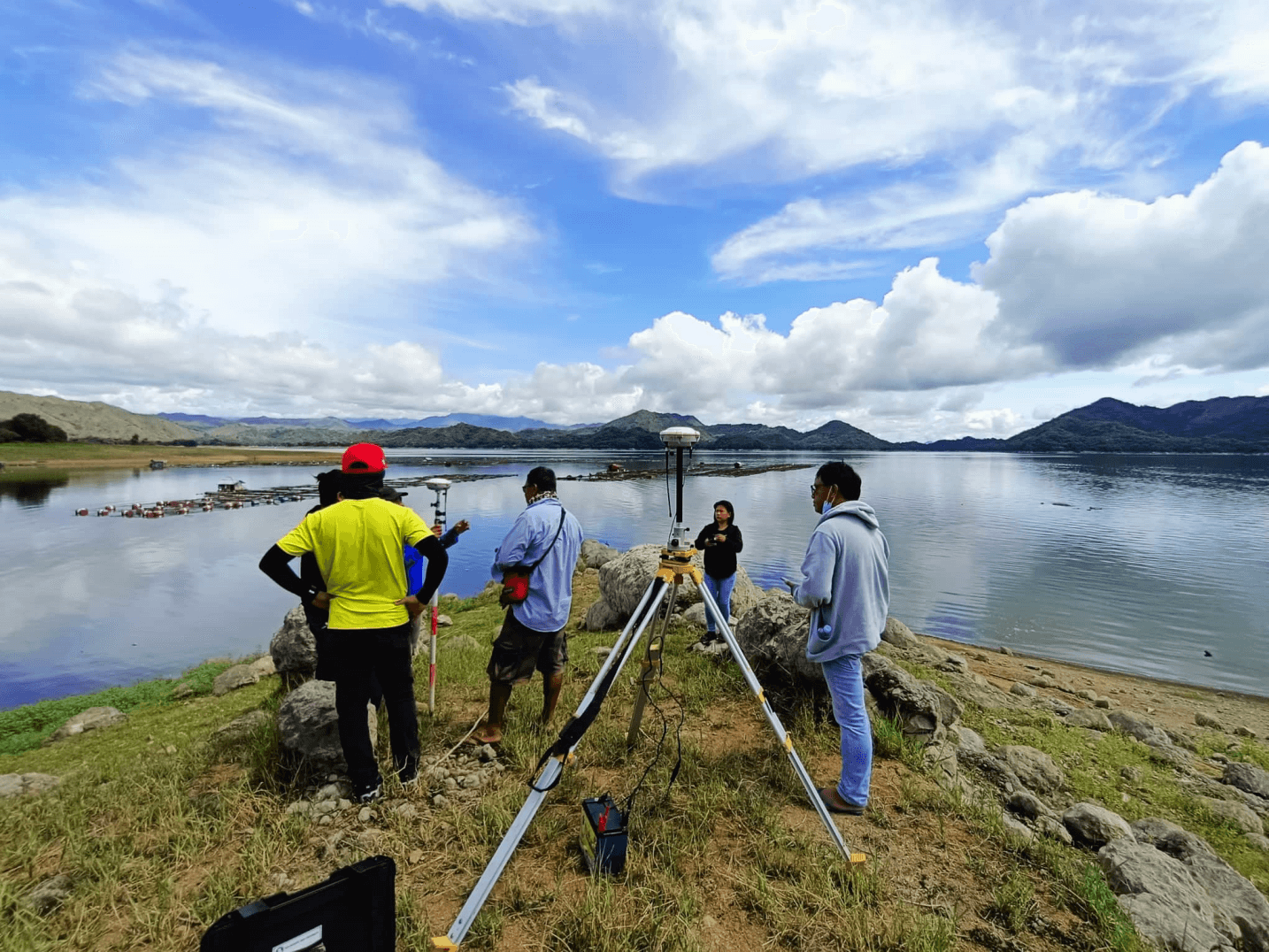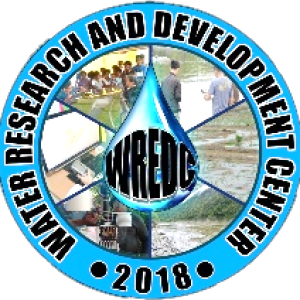Echague, Isabela – The Water Research and Development Center (WREDC) and the Smart Water Infrastructure Management (SWIM) project personnel started assisting the on-the-job trainees in seizing opportunities and taking their first step to become professionals. They provided them with instructional and practical tasks so they can build their understanding, skills, and competencies necessary in the operations of the center.
The WREDC was established to improve poor infrastructure and water management that often resulted in low water supply, among other issues, despite the heavy rainfall in a year. The center also showcased the best practices and approaches to the trainees through experiential learning for them to learn about water management. They were specifically exposed to GIS basic training and field applications. As a widely acceptable desktop alternative, mobile app, and web component, all come with the open-source GIS software, QGIS is a must-learn software for beginners. However, in the project, ArcGIS is superior to QGIS because it has made more advancements with varying complexity levels.
Moreover, the trainees were also equipped with skills in conducting a geo-resistivity survey. Geo-resistivity equipment is a tool used in the geophysical technique known as the geo-resistivity survey to identify the types of materials in the subsurface and their resistivity values. It is employed in the identification of a good aquifer and groundwater as a place to install the monitoring instruments from the SWIM project.
Additionally, they were trained to make varied presentations since WReDC staff creates numerous presentations of award-winning research. Thus, learning how to speak in front of a group became part of the students’ training. As this is considered a talent with extensive professional application, the trainees gained adequate knowledge in organizing information for public speaking, and taking constructive criticisms to enhance their speaking fluency.
Furthermore, they were also exposed to the use of flood Instrumentation. The trainees, together with the IFWARM staff, joined the conduct of a bathymetry survey as well as velocity and turbidity measurements at NIA-DRD for one day. They also performed data analysis of surface water taken from the gauging stations, as well as instrumentation and other water-related tasks. In the end, gaining actual experiences still what matters most in the two-week on-the-job training of the students as their work experience in the center becomes an addendum to their curriculum vitae.
With this in mind, the center will continuously ensure that it will serve as a good training ground for students who are willing to learn and be part of the center’s operations. Besides, the quality of their training will be reflected on their progress and achievement after their internship journey.










 Users Today : 22
Users Today : 22 This Year : 602
This Year : 602 Total Users : 1487
Total Users : 1487 Views Today : 34
Views Today : 34